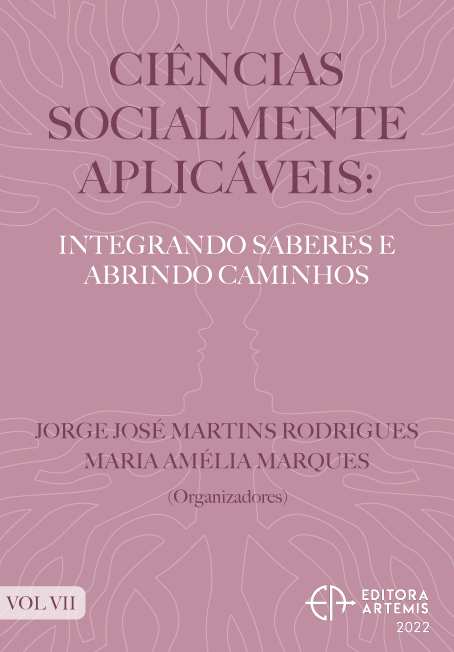
GENERADOR BINARIO PSEUDOALEATORIO, FORMADO POR LA COMBINACIÓN DE REGISTROS DE DESPLAZAMIENTO CON RETROALIMENTACIÓN NO LINEAL
El presente documento expone el procedimiento de construcción de un generador binario pseudoaleatorio, desarrollado a partir de la combinación no lineal de las ocho secuencias binarias producidas por cuatro Registros de Desplazamiento con Retroalimentación No Lineal (NLFSR, sigla en inglés) con funciones de filtrado no lineal paralelas. El proceso incluye la descripción del modelo, la selección de los Registros de Desplazamiento con Retroalimentación Lineal (LFSR, sigla en inglés), que tengan polinomios de retroalimentación primitivos, elección de las catorce funciones booleanas donde están las que realizan el filtrado no lineal, las que conforman los NLFSR y las que producen la combinación no lineal de las secuencias, que cuentan con las mejores propiedades
criptográficas. Finalmente para verificar la aleatoriedad de las muestras obtenidas, se aplican a las mismas un conjunto de pruebas estadísticas de aleatoriedad.
GENERADOR BINARIO PSEUDOALEATORIO, FORMADO POR LA COMBINACIÓN DE REGISTROS DE DESPLAZAMIENTO CON RETROALIMENTACIÓN NO LINEAL
-
DOI: 10.37572/EdArt_17122272914
-
Palavras-chave: NLFSR, chave, período, polinômio primitivo, testes de aleatoriedade, sequência binária
-
Keywords: NLFSR, key, period, primitive polynomial, randomness tests, binary sequence.
-
Abstract:
This document exposes the construction procedure of a pseudorandom binary generator, developed from the nonlinear combination of the eight binary sequences produced by four Nonlinear Feedback Shift Registers (NLFSR) with nonlinear filtering functions. parallel. The process includes the description of the model, the selection of the Linear Feedback Shift Registers (LFSR), which have primitive feedback polynomials, the choice of the fourteen Boolean functions where the ones that perform the nonlinear filtering are, the that make up the NLFSR and those that produce the non-linear combination of the sequences, which have the best cryptographic properties. Finally, to verify the randomness of the samples obtained, a set of randomness statistical tests are applied to them.
-
Número de páginas: 15
- Andrés Francisco Farías
- Germán Antonio Montejano
- Ana Gabriela Garis
- Pablo Marcelo García
- Andrés Alejandro Farías

